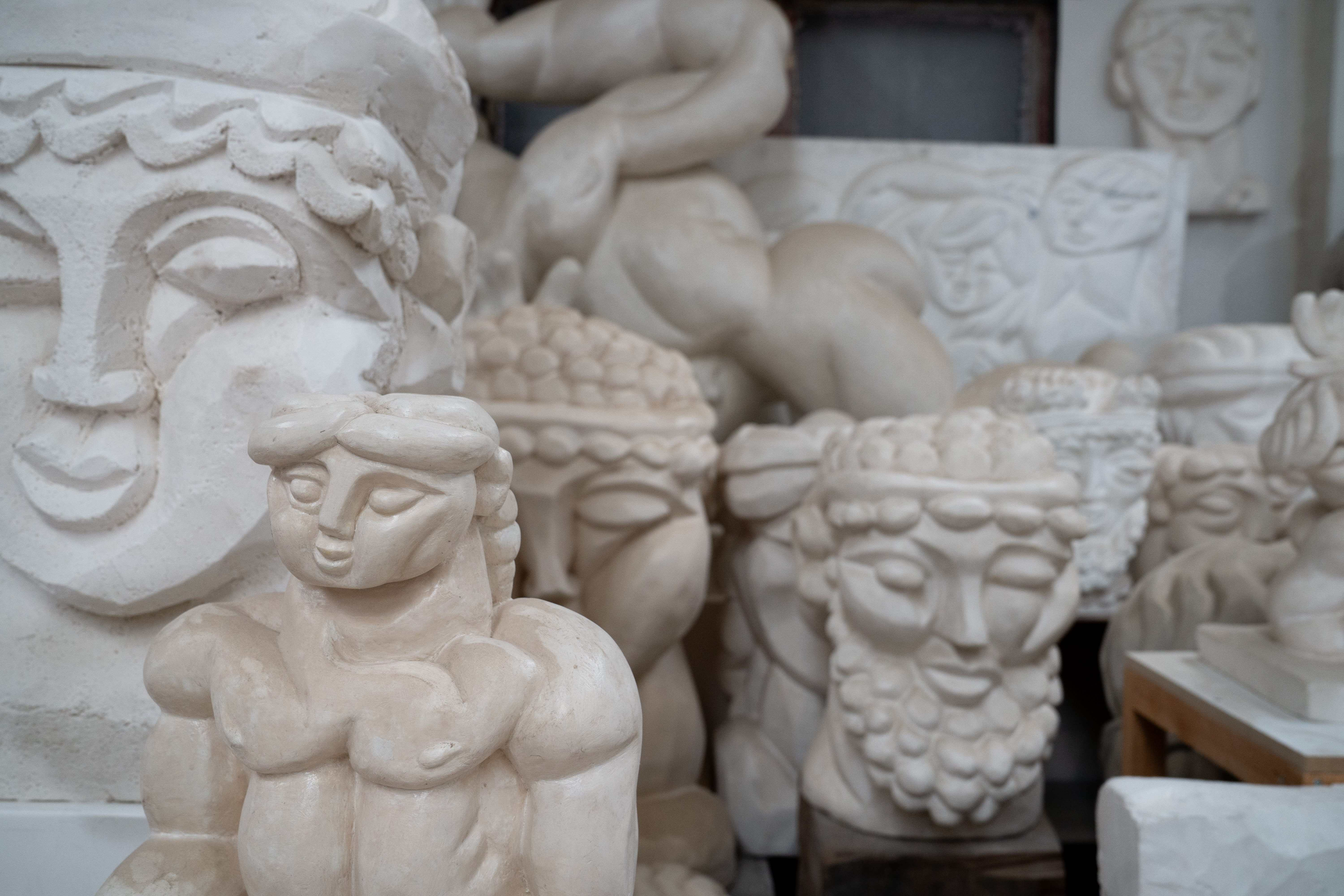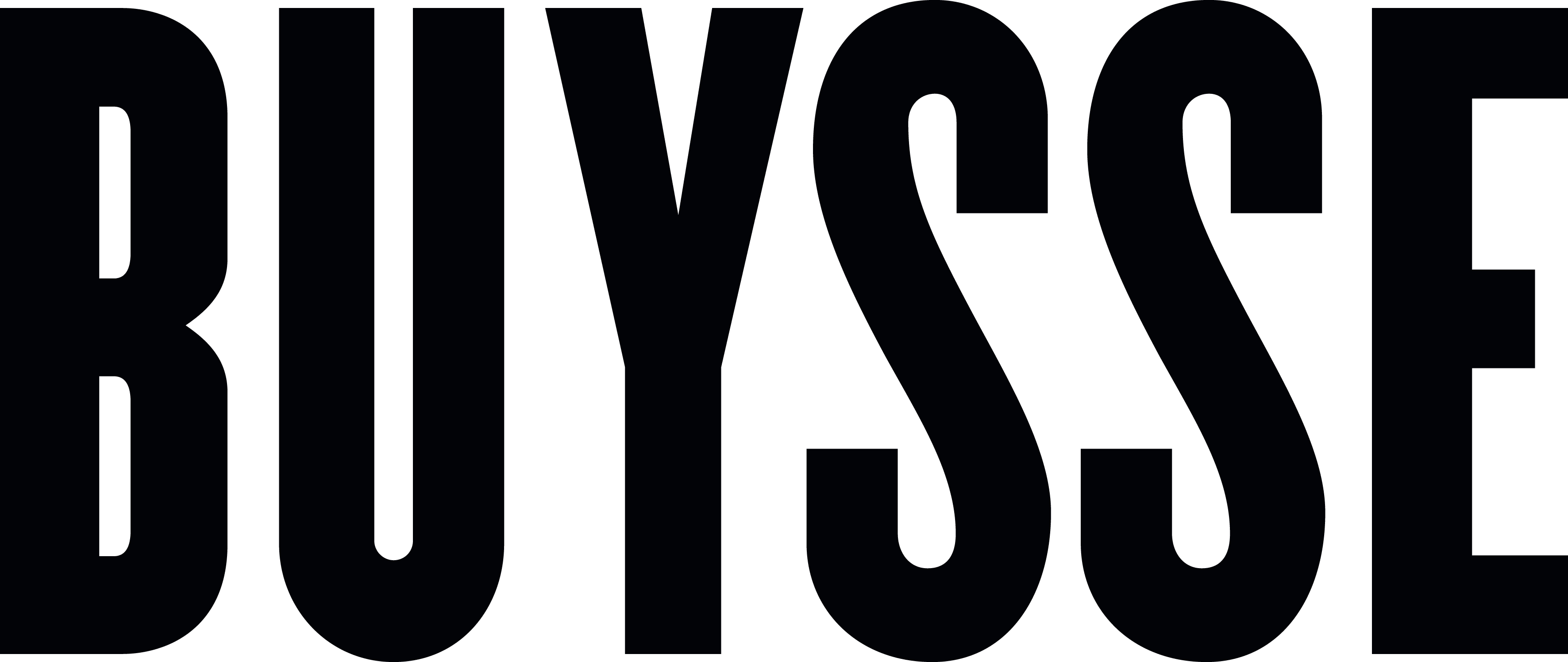"Arcadian Echoes," invokes an imagined, ancient landscape - not as utopia, but as a temporal fold. Tomballe's work channels the residual energy of archaic figuration, filtered through the present. His sculptures and drawings resonate like echoes from a mythic past reinterpreted in contemporary form.
This exhibition proposes a slowed encounter with the body. Through sculptures and drawings positioned in spatial and conceptual dialogue, Arcadian Echoes introduces a vocabulary of figuration built from deconstruction, form as fragment, surface as memory.
The exhibition signals a widening of Buysse Gallery's curatorial scope. Tomballe is the first artist to engage the full figurative register in the program. The shift is not a break from prior concerns - abstraction, material tension, and rhythm remain present - but an expansion of them. Figuration becomes another structure through which to think.
Tomballe's practice emerges from classical training, but rejects stylistic nostalgia. Archaic references such as the Kouros and Roman gravitas are not quoted but re-processed. His forms are constructed through intuitive deformation: physical, responsive, and in flux. There are clear parallels with Thomas Houseago, where the figure is never fixed but always being built. Picasso's Cubist dislocation appears not as homage but as method, while the drawings recall Jean Cocteau, where line functions as both silhouette and incision.
"My hands and emotions have a greater knowledge than what I determine with my head."
- Florian Tomballe
On the main floor, the works engage the space with precision. A high-contrast wall sculpture in black and white tones with a graphic form anchors the gallery's visual axis and is legible from the street. Smaller sculptural interventions articulate the window zones, creating tension between interior form and exterior sightlines. The scenography holds to a principle of restraint: no spectacle, only presence.
The lower floor isolates the drawing practice. These are not preliminary. They function independently: reduced, skeletal, deliberate. Here, line becomes a spatial gesture, suggesting volume without constructing it. The repetition of forms resists linear narrative and instead establishes a visual rhythm.
Tomballe's figures exist outside chronology. They are not representations, but vessels. Accumulations of history, instinct, and gesture. Their archetypal resonance is not symbolic but structural: they hold meaning by how they are made, not what they depict.
The exhibition aligns with Buysse Gallery's interest in slowness, observation, and the poetics of material. It builds on a sequence of shows that favour friction over theme, dialogue over declaration. This is not a departure, but an opening.



